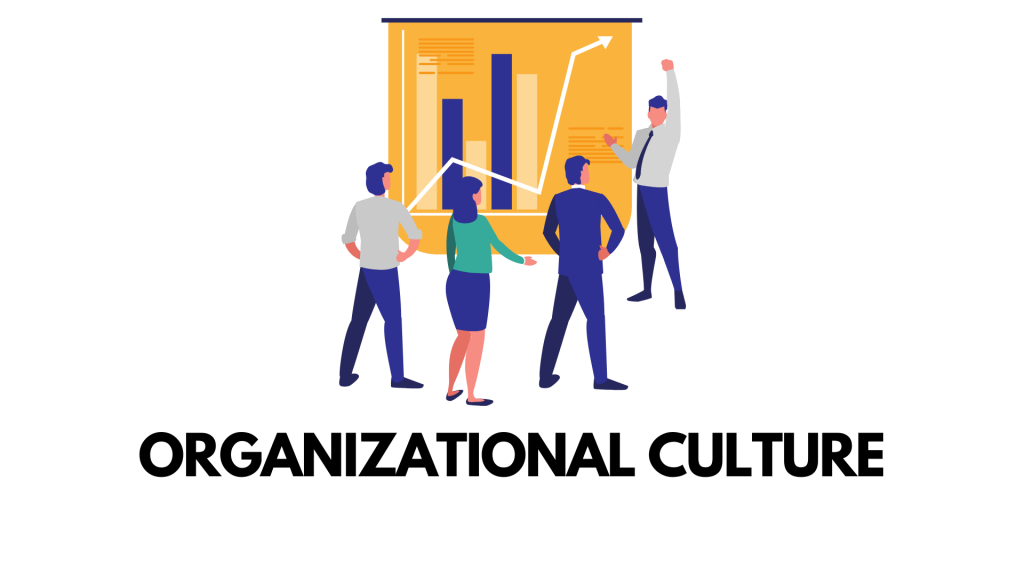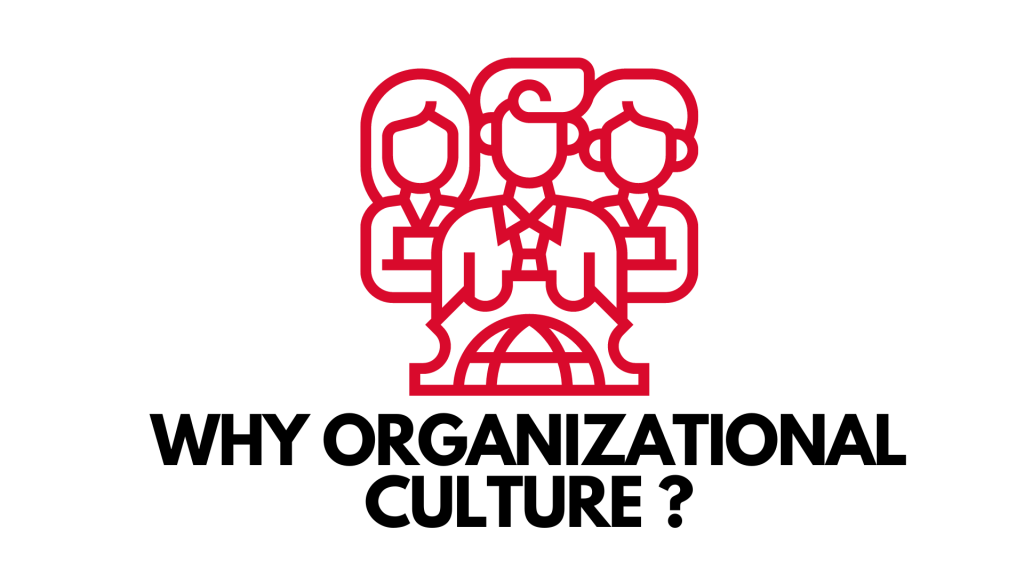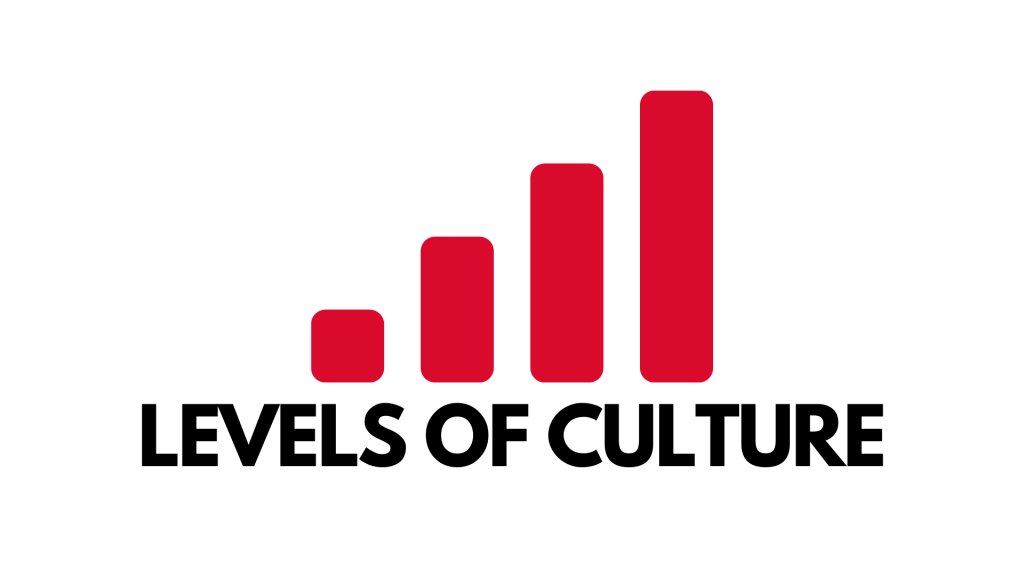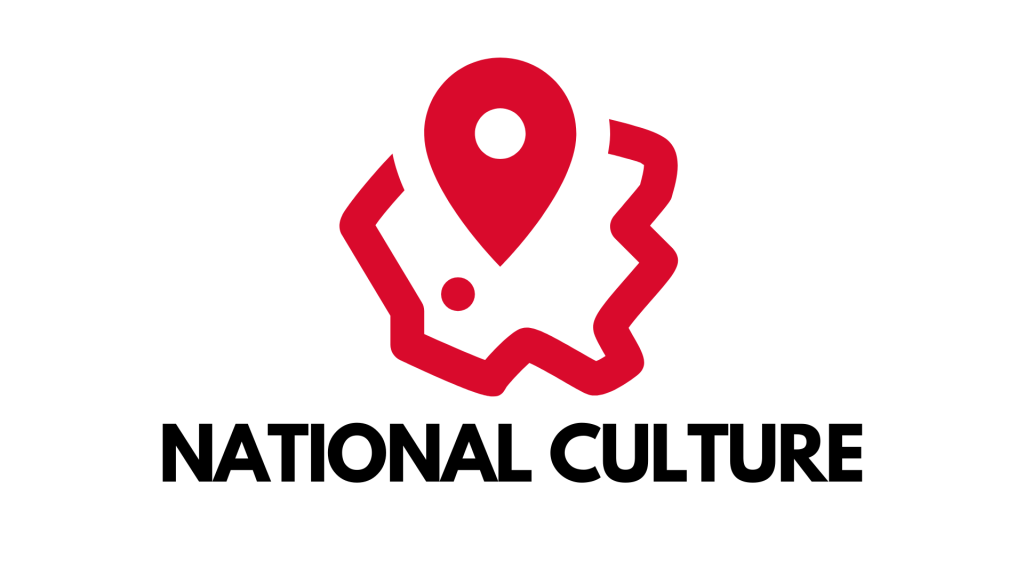Part—4 of the article is about the foundations of organizational management; the last one talks about culture. As in the previous installment of the article, we have discussed motivation, leadership, and teamwork.

The set of values, expectations, and practices that guide and inform the activities of all team members is referred to as organizational culture. Consider it a collection of characteristics that define your organization. For example, a great corporate culture displays good features that lead to increased performance, whereas a dysfunctional culture elicits traits that can sabotage successful businesses.
Companies with a positive work culture attract job seekers searching for a long-term role with room for advancement. Organizational culture fosters a healthy, structured work environment that aids in the development of businesses.
Reasons Why Organizational Culture Is Important

Organizational culture is critical to the success and well-being of your firm, its employees, and its consumers. So, it’s a good idea to think about why your company’s culture is the way it is and why it’s crucial to keep it that way.
1. Definition Of Company’s Internal and External Identity
Because it symbolizes the way you do business, organizational culture will impact all elements of your company. It’s both your identity and your image at the same time, determining how your colleagues and consumers perceive you.
2. Increase Employee Engagement
Purpose and clear expectations produce an organizational culture-driven work environment. As a result, employees are motivated and inspired to be more engaged in their job and interactions with others. It also promotes high levels of employee engagement, which boosts productivity.
3. Elevate Productivity
Employees who have the resources and tools they need to thrive are more productive and generally perform better. In addition, the workplace structure is influenced by organizational culture in ways that bring employees with similar skill sets together. For example, those with similar experiences and skills may work more rapidly together when handling firm projects.
4. Healthy Team Environment
Organizational culture aids in the improvement of workflows and the direction of decision-making. It also aids teams in overcoming ambiguity barriers. Team members that are well-informed and educated about specific processes are more likely to complete projects.
Three Levels Of Culture

Ed Schein coined the term “three layers of culture” to describe a recently established paradigm.
1. Observable Artifacts
These are the things you can see the instant you walk into an organization. You can observe. People behave in a certain way, as you can see. People are conversing with one another. You can see how the structure is laid up.
2. Espoused Values
According to the theory, an underlying layer of values guides behavior and processes underneath or underlying these observable items. And these principles are indeed a shared vision of how things should be. So what are the values, the norms, and what is and is not acceptable behavior? It’s all about what’s essential in this company.
3. Basic Underlying Assumptions
This takes a long time to discover in a company, and it isn’t always visible, even to employees, because it is so self-evident. It’s so simple. You don’t talk about it or think about it because it’s so buried. However, these beliefs, perceptions, emotions, and feelings reside in the unconscious.
National Culture

National culture is defined as a society’s “collective mental programming.” Within the current local and environmental context, the character of national culture will have significant ramifications for the organization, its management, and its human resource development.
Approaching different cultures from an ethnocentric or single-nation perspective is likely ineffective. Instead, organizations with a single national origin must account for the existence and relative influence of diverse national cultures in countries operating as international or multinational companies.
In terms of how context influences communication, cultures differ. People in low-context communication countries rely on words to convey information.
Culture is vital as they add value to the organization. With good cultural values, there can be a lot of success for any organization. However, culture can also negatively impact the business if there are cultural stereotypes.
Every country is changing. Cultures are changing and evolving relatively slowly, especially now that there is more communication between countries. As a result, we must be cautious about the cultural knowledge we employ. We must be vigilant about whether our understanding of a country is still current. We must be mindful of historical events that can drastically alter conventional values.
Conclusion
Organizational management is essential for any organization to thrive. Organizational management allows for the most efficient use of resources in the workplace through thorough planning and control. The organization’s management gives employees a feeling of direction. Individuals understand their duties and responsibilities and what they are expected to accomplish in the organization.
To manage an organization well, four things are essential—Motivation, Leadership, Teamwork, and Culture.
